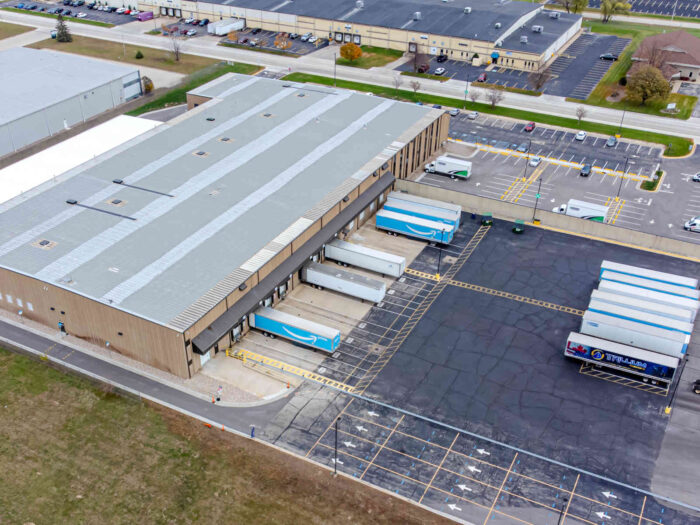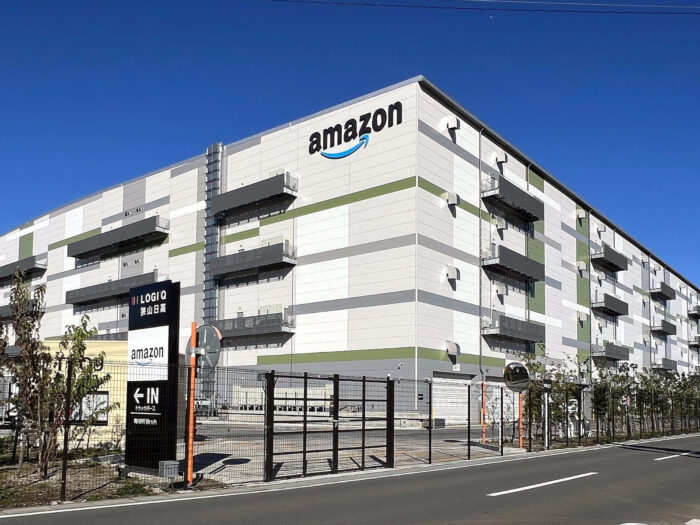
Amazon’s success depends on high efficiencies and productivity achieved in its operations management (OM). The company addresses the concerns of the 10 strategic decisions of operations management to optimize productivity.
These 10 critical decisions of operations management become increasingly complex as Amazon expands and diversifies its business. With effective strategies and measures in operations management, the company keeps its competitiveness in retail, e-commerce, and other markets.
Operations management supports Amazon’s business strengths against the adverse effects of competition involving IT and consumer electronics corporations, such as Apple, Google (Alphabet), Microsoft, and Samsung, as well as e-commerce and retail firms, like Walmart, Aldi, Home Depot, Costco, and eBay.
Considering Amazon’s entertainment products, the company’s operations management accounts for the business practices and strategies of entertainment content producers and distribution platforms, including Netflix, Disney, and Sony, as well as Facebook (Meta Platforms).
10 Critical Decisions in Amazon’s Operations Management
1. Design of Goods and Services. The design of organizational output is covered in this strategic decision area of operations management. Amazon addresses this concern primarily through technology, although other diverse resources and processes are involved.
For example, the company’s information and communication technologies are designed for efficient online retail services that are convenient for target customers. Such technologies support the maximum efficiency of Amazon’s operations in e-commerce and beyond.
Decisions in this area of operations management are based on customer-focused product development goals linked to Amazon’s mission statement and vision statement for customer-centric business.
2. Quality Management. The objective of this critical decision is to maximize the quality of operational output to satisfy customers’ expectations. Amazon’s operations management approach involves continuous improvement efforts in its technology and services business.
Amazon’s organizational culture (corporate culture) supports innovation to improve output quality. For example, this company culture encourages employees to creatively solve problems and improve online business processes.
3. Process and Capacity Design. One of the objectives of operations management is to optimize business processes and capacity. For this critical decision, Amazon applies extensive automation to streamline its business processes.
For example, considering online retail service as one of its organizational outputs, Amazon implements information technology to automate order processing for maximum capacity for simultaneous online orders.
This approach to operations management highlights the importance of automation and related information technologies in Amazon’s process and capacity design, especially for e-commerce and related services.
Continuous improvement programs enhance processes and capacities despite global expansion and diversification of business operations and the corresponding diversification of the product mix in Amazon’s marketing mix (4Ps).
Continuous improvement implementations for process and capacity design ensure innovation capabilities and other competitive advantages, such as the business strengths discussed in the SWOT analysis of Amazon.
4. Location Strategy. The efficiency and accessibility of resources, processes, and markets are considered in this strategic decision of operations management. Location strategy includes offices, warehouses, and other facilities.
In the case of Amazon, emphasis is on the strategic location of facilities, especially those used for e-commerce and package delivery. For example, Amazon’s fulfillment centers and delivery stations are optimally located near or in urban centers with large retail customer populations.
Decisions for facility locations consider market factors, such as economic trends and the other factors discussed in the PESTLE/PESTEL analysis of Amazon, corresponding to market dynamics and business opportunities.
5. Layout Design and Strategy. With this strategic decision, operations managers’ objective is to optimize the movement of human resources, materials, and information facilitated through layouts with minimal or no hindrances.
Amazon addresses this objective through efficient layout designs that align with computer-assisted processes. These layout designs also facilitate the efficient movement of people, goods, equipment, and vehicles.
For example, at warehouses and fulfillment centers for Amazon’s online retail business, items are organized to maximize shelf space and minimize aisles to achieve optimal facility capacity without sacrificing process efficiency.

6. Job Design and Human Resources. Human resource development is the focus in this strategic decision area. Amazon’s operations management combines in-house employment processes and, occasionally, third-party employment agencies.
Job design and recruitment and hiring processes are aligned with Amazon’s generic competitive strategy and intensive growth strategies, organizational growth projections, and corresponding human resource needs in corporate offices and other facilities.
The design of Amazon’s organizational structure (company structure) influences decisions on job requirements and descriptions. Corporate divisions and departments have unique HR requirements considered in this critical decision of operations management.
7. Supply Chain Management. The operations management concern in this strategic decision area is to streamline the supply chain to support organizational objectives. Amazon does so through automation and by enabling suppliers and buyers to access some of its IT assets.
For example, data reflecting demand on the company’s online retail website enable sellers/suppliers to adjust their operations accordingly. Also, buyers can track orders and communicate with vendors using Amazon’s website.
Strategies and tactics in this area of operations management can mitigate or soften the effects of the bargaining power of suppliers examined in the Five Forces analysis of Amazon. Supply chain management promotes the company’s interests while supporting suppliers.
8. Inventory Management. In inventory management, operations management focuses on optimizing inventory ordering, holding, and costs. Amazon addresses this critical decision through various methods and approaches, including finished goods inventory using just-in-time inventory management.
For example, in just-in-time inventory management, some goods that arrive at the company’s fulfillment centers are immediately shipped to fulfill customers’ orders. Amazon also holds some goods as part of its finished goods inventory.
Moreover, to ensure optimal inventory ordering and holding, employees at Amazon fulfillment centers and delivery stations maximize the speed of order fulfillment through IT, automation, and robotics.
9. Scheduling. Operations managers consider short-term, intermediate, and long-term schedules to ensure that resources and processes satisfy business needs. Fluctuations in market demand, including seasonal sales peaks, are considered.
In this strategic decision, Amazon’s online marketplace relies on the involvement of suppliers and vendors. For example, suppliers and sellers implement their shipping and delivery schedules according to demand levels and market conditions.
Amazon’s operations management implements extensive automation for shipping schedules and various logistics processes involving its fulfillment centers and delivery stations, among other facilities.
10. Maintenance. This strategic decision area emphasizes the reliability and stability of business processes and resources. Amazon’s operations management involves specialized teams for maintaining technological assets.
In addition, workers are regularly trained in order to maintain human resource capacity and productivity to satisfy the company’s needs in e-commerce, brick-and-mortar retail, logistics, entertainment, and other business operations. Moreover, Amazon is always on the lookout for advanced technologies to improve its operational efficiency.
Productivity at Amazon
Amazon’s business productivity includes, among other factors, the productivity of its personnel and automated systems in fulfilling customers’ orders. In online retail operations, the productivity of workers and processes relate to packing and shipping items to fulfill customers’ orders.
The company’s information technology assets play a major role in optimizing productivity in business operations. The following are some productivity metrics applicable to Amazon’s operations:
- Inventory count processed per hour (inventory productivity)
- Orders fulfilled per hour (Amazon Fulfillment Center and delivery process productivity)
- Tickets resolved per day (customer service productivity)
References
- Amazon unveils 7 new robots powering faster, safer deliveries: Go inside our most innovative delivery station yet.
- Amazon.com, Inc. – Delivery and Logistics.
- Amazon.com, Inc. – Form 10-K.
- Amazon.com, Inc. – Our Facilities.
- Amazon.com, Inc. – Supply Chain.
- Gauss, L., Lacerda, D. P., Siluk, J. C., & Romme, A. G. L. (2025). Design science in operations management: A review and synthesis of the literature. International Journal of Management Reviews, 27(2), 221-237.
- U.S. Department of Commerce – International Trade Administration – Retail Trade Industry.
- U.S. Department of Commerce – International Trade Administration – Software and Information Technology Industry.
- Zhang, X., Denicol, J., Chan, P. W., & Le, Y. (2024). Designing the transition to operations in large inter‐organizational projects: Strategy, structure, process, and people. Journal of Operations Management, 70(1), 107-136.